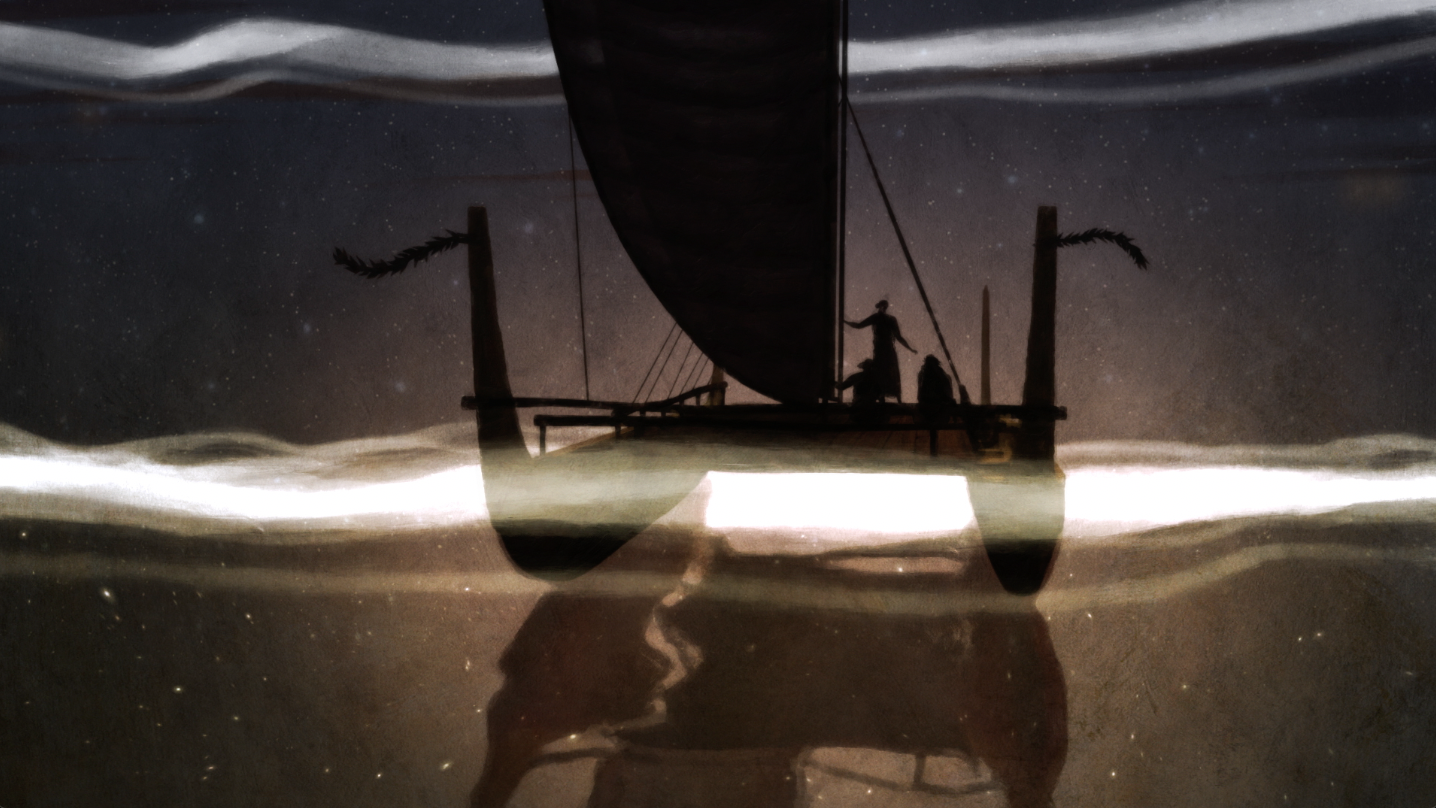
Kapaemahu is a moolelo – a story that bridges the gap between history and legend. It was passed down orally by the noble families of Waikiki and recorded in writing in 1906.
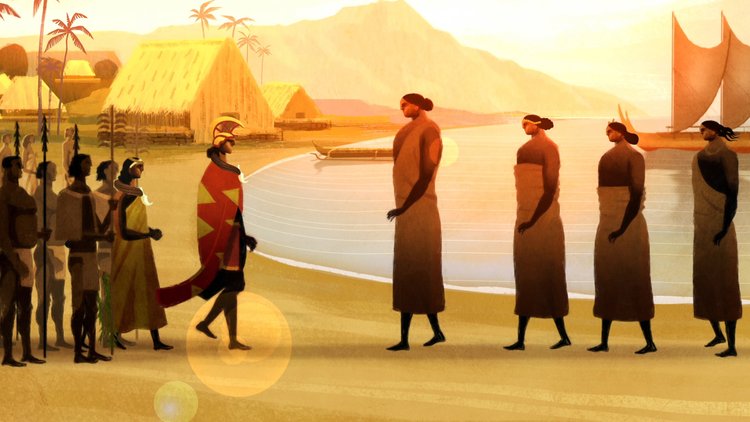
Long before the reign of King Kakuhihewa in the 1500s, four Tahitian healers traveled to Hawaii from their home Moaulanuiakea on the island of Raiatea. Their names were Kapaemahu, who was the leader of the group, Kapuni, Kinohi and Kahaloa. They settled in Waikiki in a place near here called Ulukou.
The healers were mahu – extraordinary individuals of dual male and female mind, heart and spirit. They were beloved by the people for their gentle ways, and their fame spread as they traveled throughout the islands administering their miraculous cures.
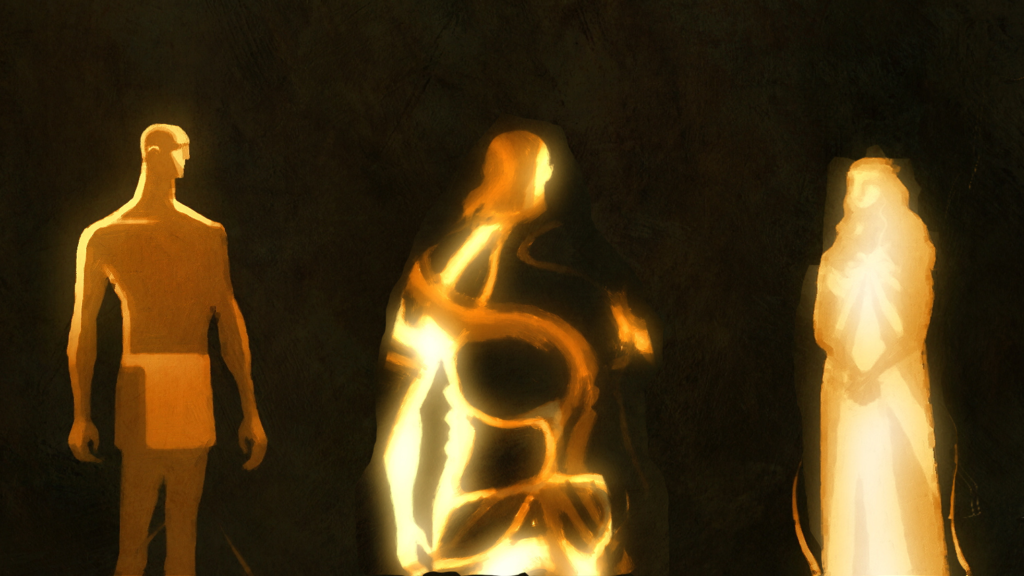

The healers were mahu – extraordinary individuals of dual male and female mind, heart and spirit. They were beloved by the people for their gentle ways, and their fame spread as they traveled throughout the islands administering their miraculous cures.
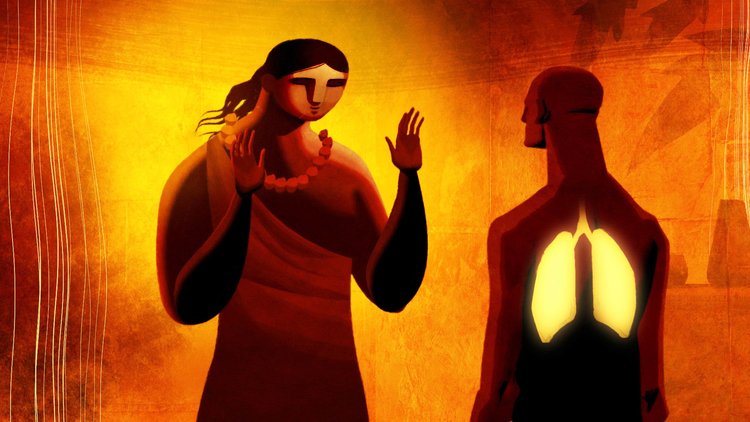
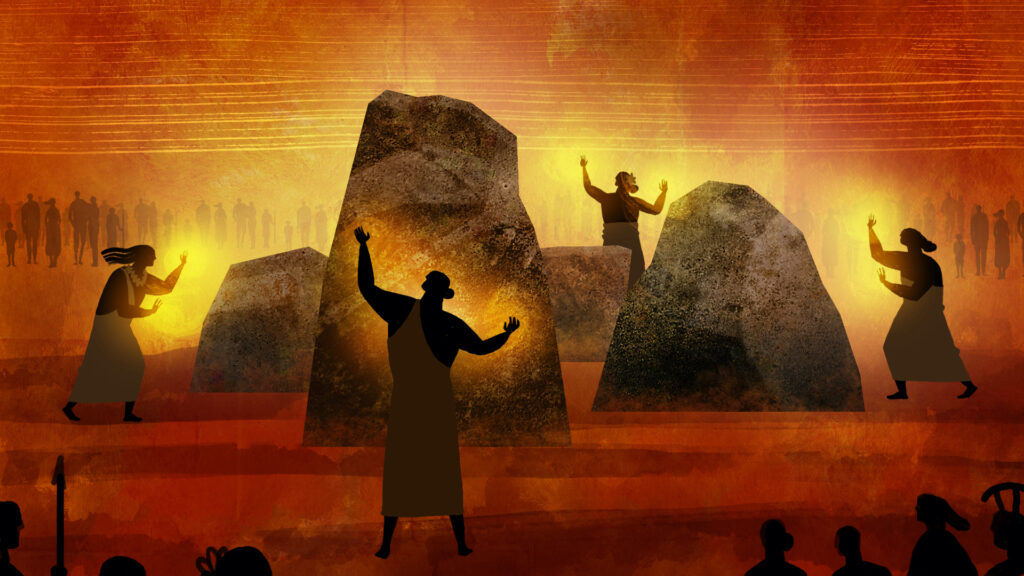


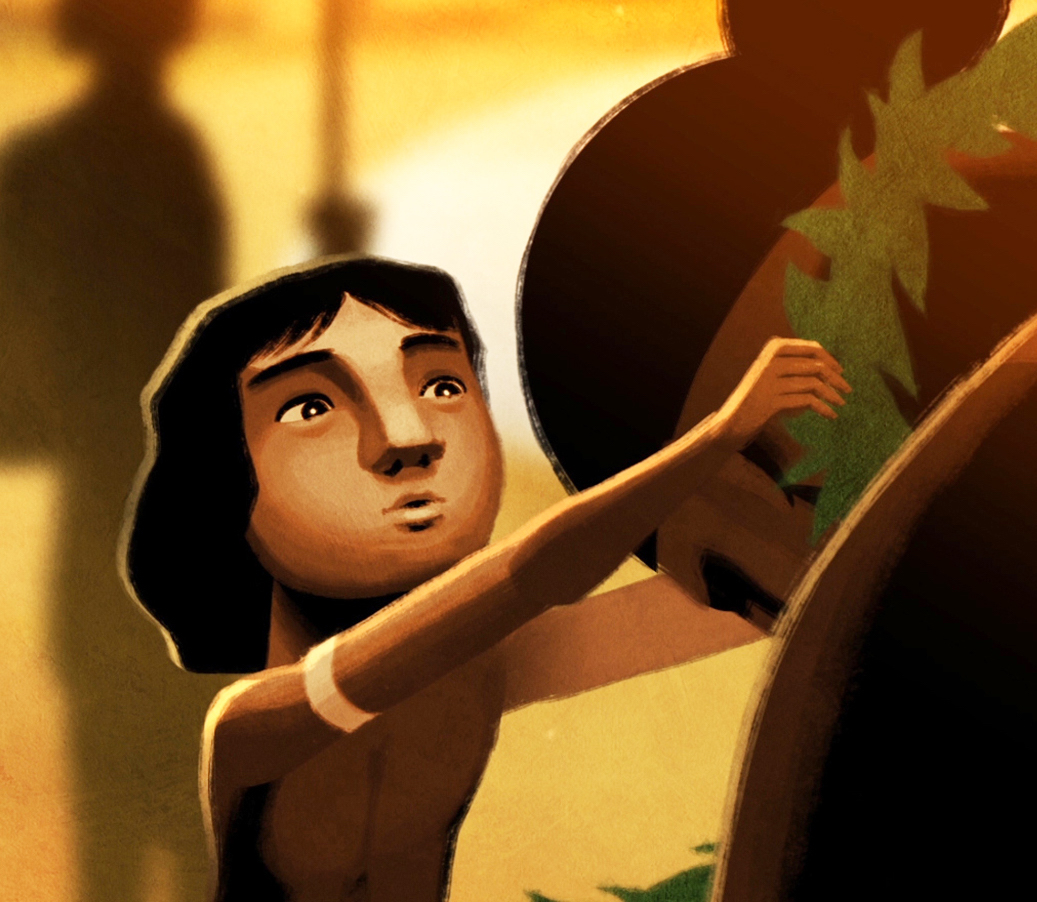
This telling of the moolelo is based on the handwritten manuscript of a story conveyed by James Alapuna Harbottle Boyd, a colonel of the Hawaiian Kingdom and confidante of Queen Liliuokalani, to Thomas Thrum, publisher of the Hawaiian Almanac. It was published in 1907 with the Hawaiian title Ka Pohaku Kahuna Kapaemahu (The Healer Stones of Kapaemahu), and the English title “Tradition of the Wizard Stones Kapaemahu.”
